Refine listing
Actions for selected content:
16950 results
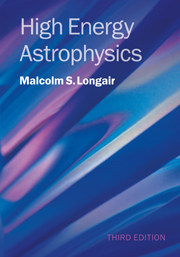
High Energy Astrophysics
-
- Published online:
- 05 June 2012
- Print publication:
- 03 February 2011
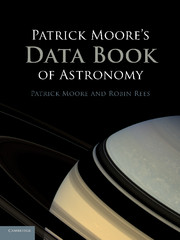
Patrick Moore's Data Book of Astronomy
-
- Published online:
- 05 June 2012
- Print publication:
- 10 February 2011
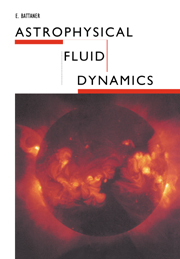
Astrophysical Fluid Dynamics
-
- Published online:
- 05 June 2012
- Print publication:
- 23 February 1996
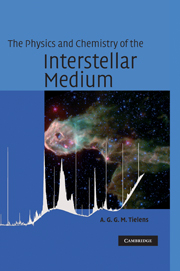
The Physics and Chemistry of the Interstellar Medium
-
- Published online:
- 05 June 2012
- Print publication:
- 25 August 2005
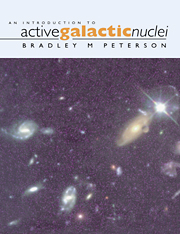
An Introduction to Active Galactic Nuclei
-
- Published online:
- 05 June 2012
- Print publication:
- 13 February 1997
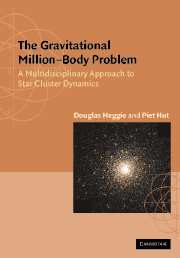
The Gravitational Million–Body Problem
- A Multidisciplinary Approach to Star Cluster Dynamics
-
- Published online:
- 05 June 2012
- Print publication:
- 23 January 2003
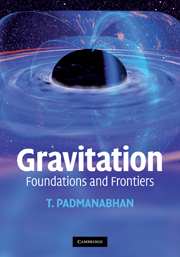
Gravitation
- Foundations and Frontiers
-
- Published online:
- 05 June 2012
- Print publication:
- 28 January 2010
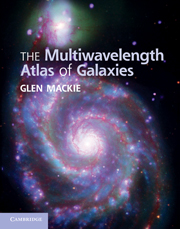
The Multiwavelength Atlas of Galaxies
-
- Published online:
- 05 June 2012
- Print publication:
- 06 January 2011
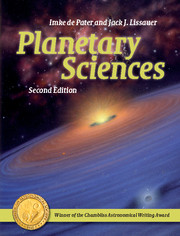
Planetary Sciences
-
- Published online:
- 05 June 2012
- Print publication:
- 15 July 2010
-
- Book
- Export citation
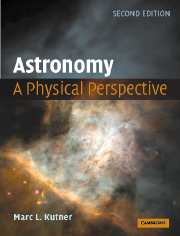
Astronomy: A Physical Perspective
-
- Published online:
- 05 June 2012
- Print publication:
- 31 July 2003
-
- Textbook
- Export citation
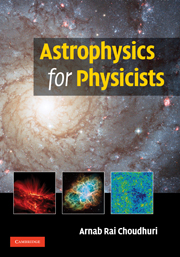
Astrophysics for Physicists
-
- Published online:
- 05 June 2012
- Print publication:
- 11 March 2010
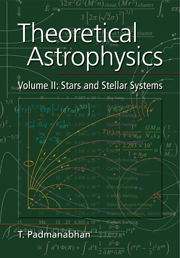
Theoretical Astrophysics
-
- Published online:
- 05 June 2012
- Print publication:
- 23 April 2001
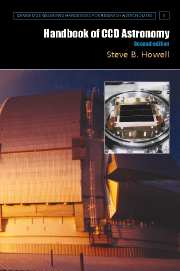
Handbook of CCD Astronomy
-
- Published online:
- 05 June 2012
- Print publication:
- 02 March 2006
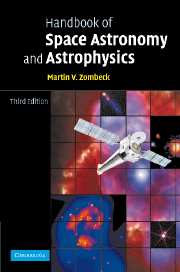
Handbook of Space Astronomy and Astrophysics
-
- Published online:
- 05 June 2012
- Print publication:
- 09 November 2006
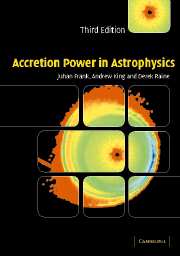
Accretion Power in Astrophysics
-
- Published online:
- 05 June 2012
- Print publication:
- 17 January 2002
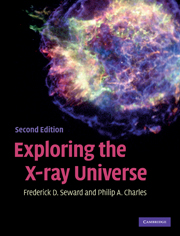
Exploring the X-ray Universe
-
- Published online:
- 05 June 2012
- Print publication:
- 26 August 2010
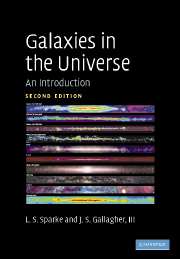
Galaxies in the Universe
- An Introduction
-
- Published online:
- 05 June 2012
- Print publication:
- 05 February 2007
-
- Textbook
- Export citation
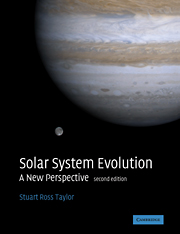
Solar System Evolution
- A New Perspective
-
- Published online:
- 05 June 2012
- Print publication:
- 06 September 2001
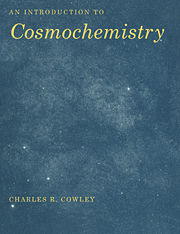
An Introduction to Cosmochemistry
-
- Published online:
- 05 June 2012
- Print publication:
- 27 January 1995
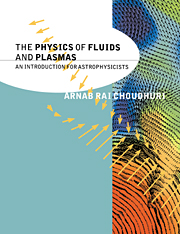
The Physics of Fluids and Plasmas
- An Introduction for Astrophysicists
-
- Published online:
- 05 June 2012
- Print publication:
- 26 November 1998
